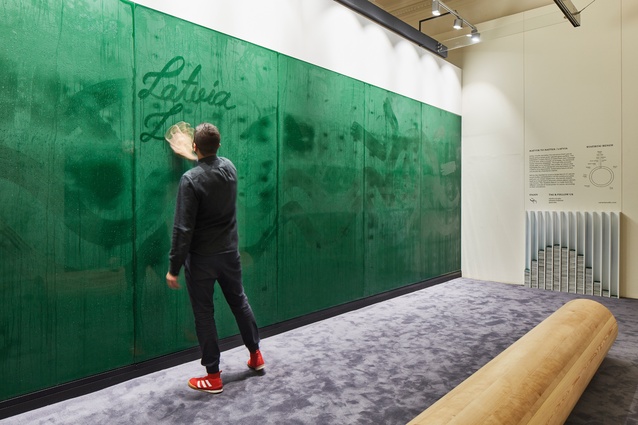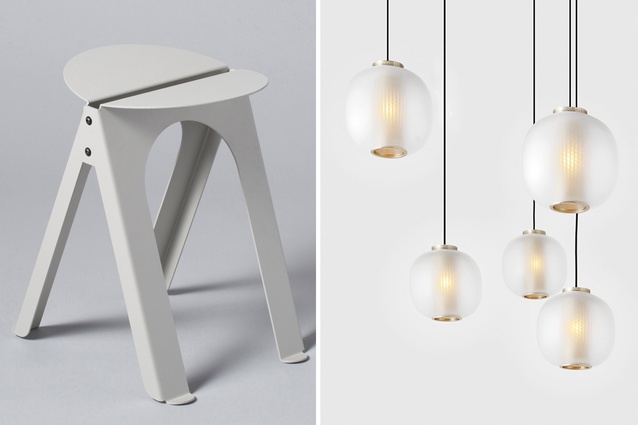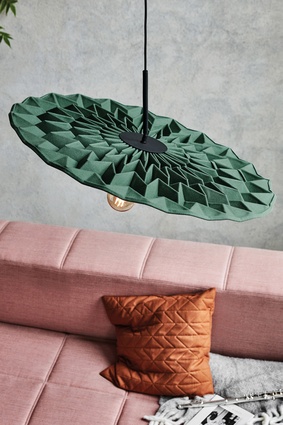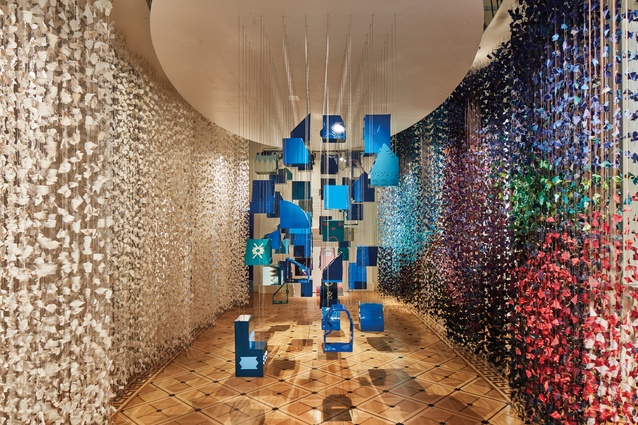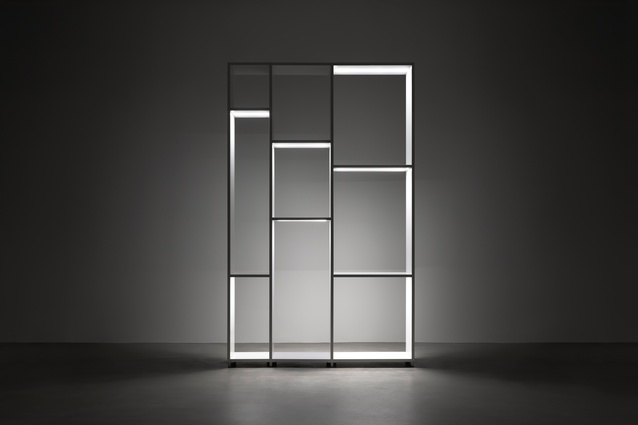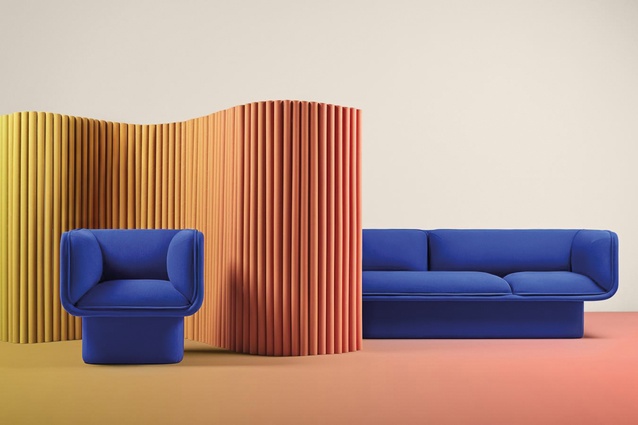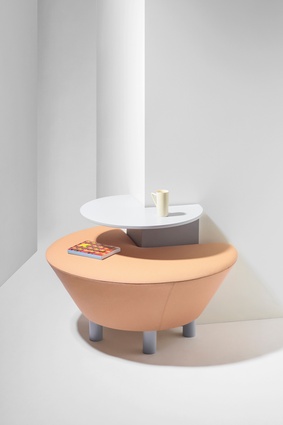Designs on London
Each autumn, the city-wide London Design Festival (LDF) surveys the status of contemporary interior and product design. This year, the second London Design Biennale (LDB) at Somerset House explored ideas related to sustainability, migration, pollution and energy, cities and social equality. Forty countries, cities and territories participated, with installations of varying relevance to the biennale’s Emotional States theme.
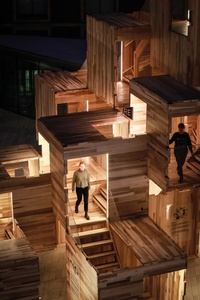
Commissioned Landmark Projects and temporary design installations were located at the central hub at the Victoria and Albert Museum, with additional Landmark Projects in public spaces across the city, along with 11 designated design districts or quarters, so doing justice to the nine-day-long London Design Festival required considerable time and stamina.
Landmark Projects this year included MultiPly, a modular pavilion with multiple levels and entries or exits, which dominated the museum’s Exhibition Road entry courtyard. Designed by Waugh Thistleton Architects, with engineering by Arup, and built from a reusable cross-laminated timber (CLT) made of 60m3 of sustainable American tulipwood, it addressed two urgent societal needs: providing more affordable housing and reducing the building industry’s contribution to climate change.
The elegant and intriguing Egyptian entry, Modernist indignation, received the 2018 Medal at the biennale. It presented a fictional exhibition, such as might have been organised by the editors of the first Arabic-language contemporary architecture magazine, Al Emara (published from 1939 to 1959).
In the early 1960s, when the Nasser regime became increasingly authoritarian, the architectural career of the journal’s founder, Sayed Karim, was effectively terminated when his office was confiscated and he was confined to his house. The recent demolition of hundreds of modernist buildings is, in a cavalier manner, erasing Egypt’s modernist architectural heritage: a national dilemma but also a loss for global design history.
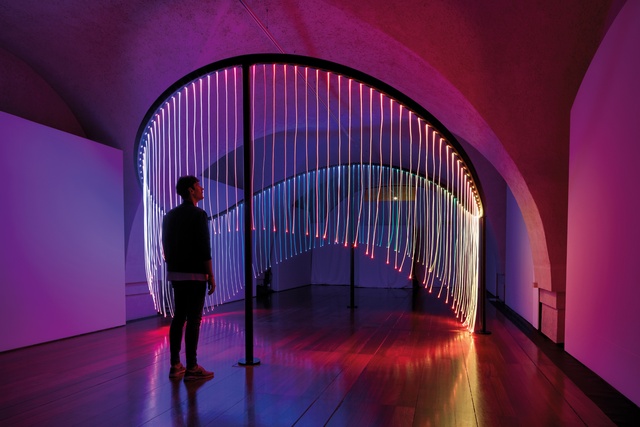
The Austrian LDB installation After Abundance presented five future scenarios in which an isolated alpine community attempts to counter the effects of climate change. Representing Sweden, Jesper Eriksson speculated on a ‘post-fuel’ non-CO2-emitting future for the ‘black gold’ that fuelled the industrial revolution. The exhibition included solid coal flooring and furniture with finishes resembling black marble.
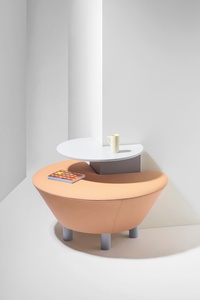
Guatemala’s LDB installation showed the way in which an impoverished town was transformed into an artwork, by having its 800 houses painted with patterns inspired by traditional local textiles. It resonated with visitors and received the LDB 2018 Public Medal.
Other LDB national entries examined traditional crafts and their impacts on contemporary designs. The Indian and Vietnamese installations focused on the rich history and emotional charge of their countries’ production of ‘blue gold’, the plant pigment indigo, which is widely used for dyeing textiles.
In Scholten and Baijings’ LDF Landmark Project Time for Tea installation, at the venerable Fortnum & Mason store in Piccadilly, the Dutch designers riffed on an English afternoon tea. In her Design Junction display, the architect and designer Seray Ozdemir presented her Corridor Society designs, including this 3/4 table, which enables under-utilised spaces in millennial flat-shares, such as hallways, to become social spaces.
This year’s LDF snapshot of the status of contemporary design shows that the future of design is in talented hands.
This article first appeared in Houses magazine.



